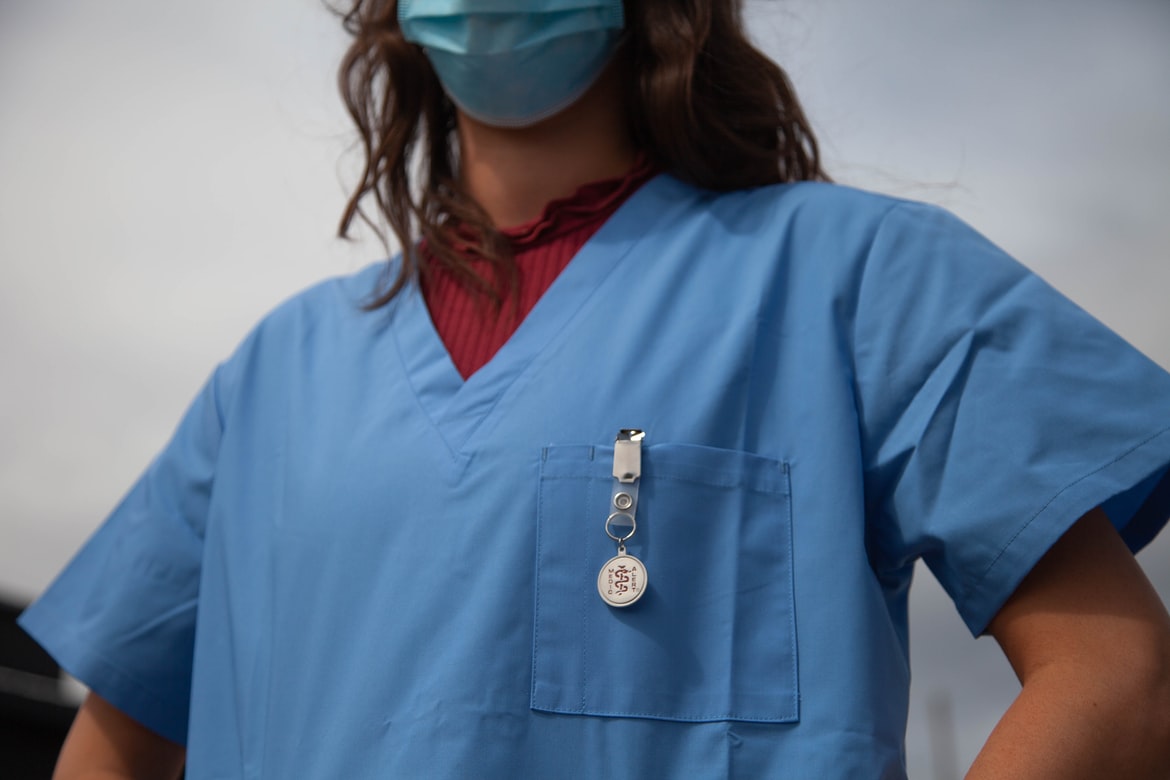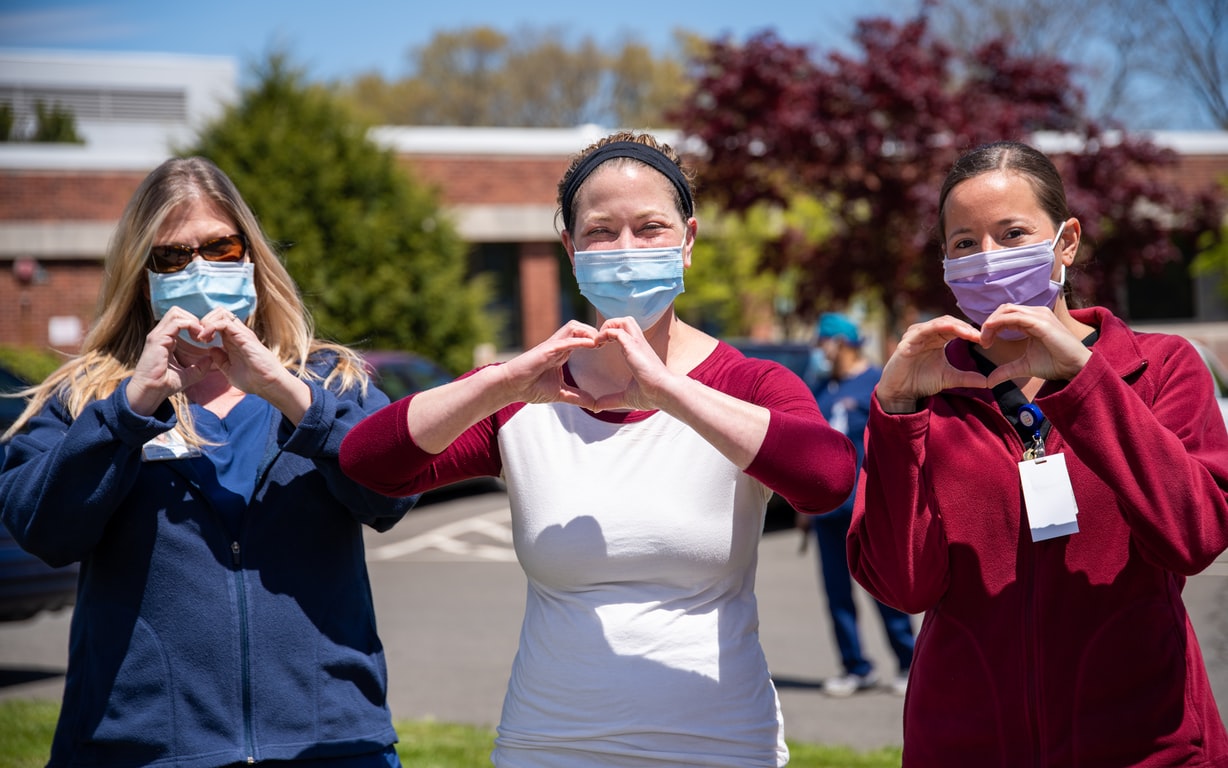While looking for different scrubs, you must know each one has different meanings – here’s what you should know.
If you have ever found yourself wandering in a hospital, you might have noticed that medical professionals of all disciplines wear coats or scrubs in certain cases. Most of them wear scrubs of different colours.
But do these colours indicate anything?
Why do some of them wear blue, while others are green? What about red, grey, or orange scrubs? While there are plenty of reasons why professionals enjoy wearing various scrubs, there are largely mundane reasons. The major ones are obligation and preference.
Do scrub colours indicate emotion?
There’s no doubt we react differently to specific colours – but only given proper cultural and context reference. There’s no evidence related to it if an emotional response is tied with any colour, let alone one significant enough that would have a genuine impact on our psyche under most circumstances.
There are certain exceptions, tied partly to media and biology, such as our fascination with red clothing and its items, be they power ties or red shirts.
While some claims have been given on the specific content – there’s little to suggest that using certain colours has a specific effect on the people around you.
Green scrubs don’t indicate or make the patients feel that they are wiser, nor do the blue ones give a professional look above other colours. The qualities can be seen through:
- Competence
- Professional conduct
- Good communication skills
- Decisive and calm behaviour
But there are certain reasons why today’s scrubs tend to be green and blue and not white.
Why are green and blue common?

There’s some thought behind why certain colours are more common in nurses than others. Particularly, blue and green happen to account for various scrubs in the medical field because they neutralise the colour of blood. When a blur or green fabric has bloodstains, they become dark and black. This seems to be less alarming than a bright crimson stain.
Meanwhile, surgeons wear green in the operation theatre to give their eyes a healthy contrast to human organs and blood’s vibrant and thick red. If our eyes stare at any colour for a longer time, our cones will be fatigued, and we’ll start seeing afterimages.
A different colour gives a break and lets the eyes rest for some time, improving the quality and accuracy of our vision. This is essential for surgeons, who nearly spend a few to a dozen hours performing surgeries.
What to know about the colours, their meanings, and dress codes?
If the hospital doesn’t provide any scrub, and there’s no dress code, you can choose the scrub type on your own that you wish to wear, as long as they are not inappropriate.
However, many hospitals have dress codes meant to help the staff look visually distinct, separating departments and specialities.
For instance, the trauma ward might wear deep blue, while gynaecology and obstetrics wear purple, and the paediatrics and nursery department wears soft pink.
Sometimes it is not about separating specialities but professions: doctors wear dark blue, while nurses wear soft blue, receptionists wear grey, surgeons wear green, technicians wear maroon, and so on.
Generally, if there are no rules, feel free to wear stylish medical scrubs of the colours you enjoy wearing – whether that’s grey, black, purple, or different shades of blue. If colours don’t matter to you, go with fabric quality and cut. Consider mixing and matching the pairs to combine pleasing combinations, like monochrome with a cold or warm colour or two different shades of the same colour.
Sometimes it is all about branding

As utilitarian scrubs are, they should still be aesthetically pleasing. Many hospitals and clinics use them as other companies would use any other uniform, using aesthetics and colour to define and shape a stylish brand. In such a case, a clinic with a grey-orange logo and aesthetic might give staff the same colour to wear.
While colour doesn’t necessarily impart the same message to people, it works as a powerful tool, as associating certain colour shapes and combinations with your image and brand can help to make you more memorable in patients’ eyes.
Are prints essential?
Scrubs with prints are more common among paediatric professionals, but unless there’s a specific rule against this in the hospital, there’s nothing wrong with wearing scrubs with prints. They add an extra bit of personality to the uniform and help look different from their peers.
It’s a good thing or not, everything depends upon the point of view, but there’s no reason printed scrubs would be harmful to a patient or hospital’s image.
Keeping the scrubs vibrant and bright

Now that everything is covered about why scrubs should look the way they do, it is time to consider what can be done to keep the colour of a scrub alive. Printed and coloured ones can easily fade if proper care is not given, and it’s crucial that scrubs are clean, presentable and washed separately.
Make sure to follow the instructions presented on the scrubs so that they remain vibrant and prevent shrinking. It is best to wash scrubs in cold water with a mild detergent in various cases and dry them on high heat.
If you want the scrubs to remain colourful and nice, try not to wear them outside of work. As scrubs are usually made with antibacterial fibres, there’s no evidence that scrubs transfer diseases inside and outside of a hospital or clinic. Only wearing them at work keeps them in better condition, near to perfect. And if any stain comes up, simple colour-safe stain removers will do the trick.
Conclusion
Unless there’s any rule or the employer provides any specific scrub, you are free to wear whatever style or colour you choose. Go with the one that you find comfortable to wear.

